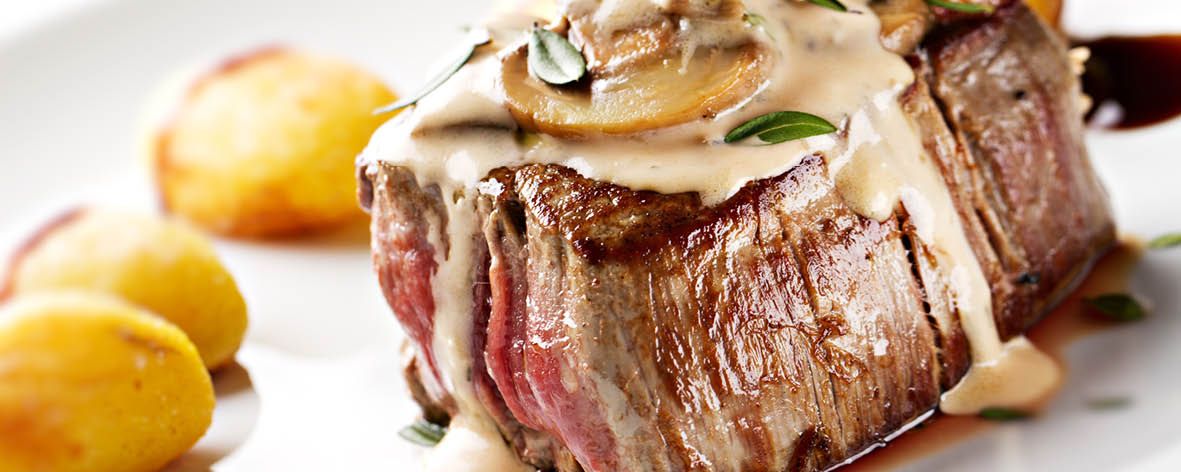Why you should rest meat … our guide

Do you know what one of the most common cooking mistakes is? Not resting meat properly. We’re all guilty; you cook a steak to the perfect degree of doneness and then it smells so good you can’t wait to eat it. In your enthusiasm to tuck in, you cut into it and a flood of juices pour out of the steak. The result is a steak that’s not as tender and juicy as it could, and should be.
So why does meat need to rest? Great question! Resting allows the juices to redistribute and be absorbed into the meat, making it tender and tasty. Resting is as simple as removing the meat from the oven, barbecue or pan, placing it on a warm plate and covering loosely with foil. Don’t cover too tightly or the meat will sweat and lose moisture.
For large cuts of meat, like roasts, resting is important to allow the temperature to distribute evenly. When cooking a roast, the outside heats up faster than the inside and this heat will continue to travel through the meat even after it is removed from the oven. If you take it from the oven a little before it is cooked to your liking, the process of “carry-over” cooking will take place while the meat rests resulting in a perfectly cooked roast.
When meat is cooked the protein and muscle fibres contract with the heat, forcing juices into the centre of the meat. Allowing the meat to rest, gives the fibres an opportunity to relax, making the meat more tender and juicy.
And how long should you rest meat? The generally accepted rule is to allow 1 minute resting time per 100 grams of meat. If you have a small steak rest it for at least 3 minutes and for roasts give them a minimum resting time of 10 minutes before carving.

